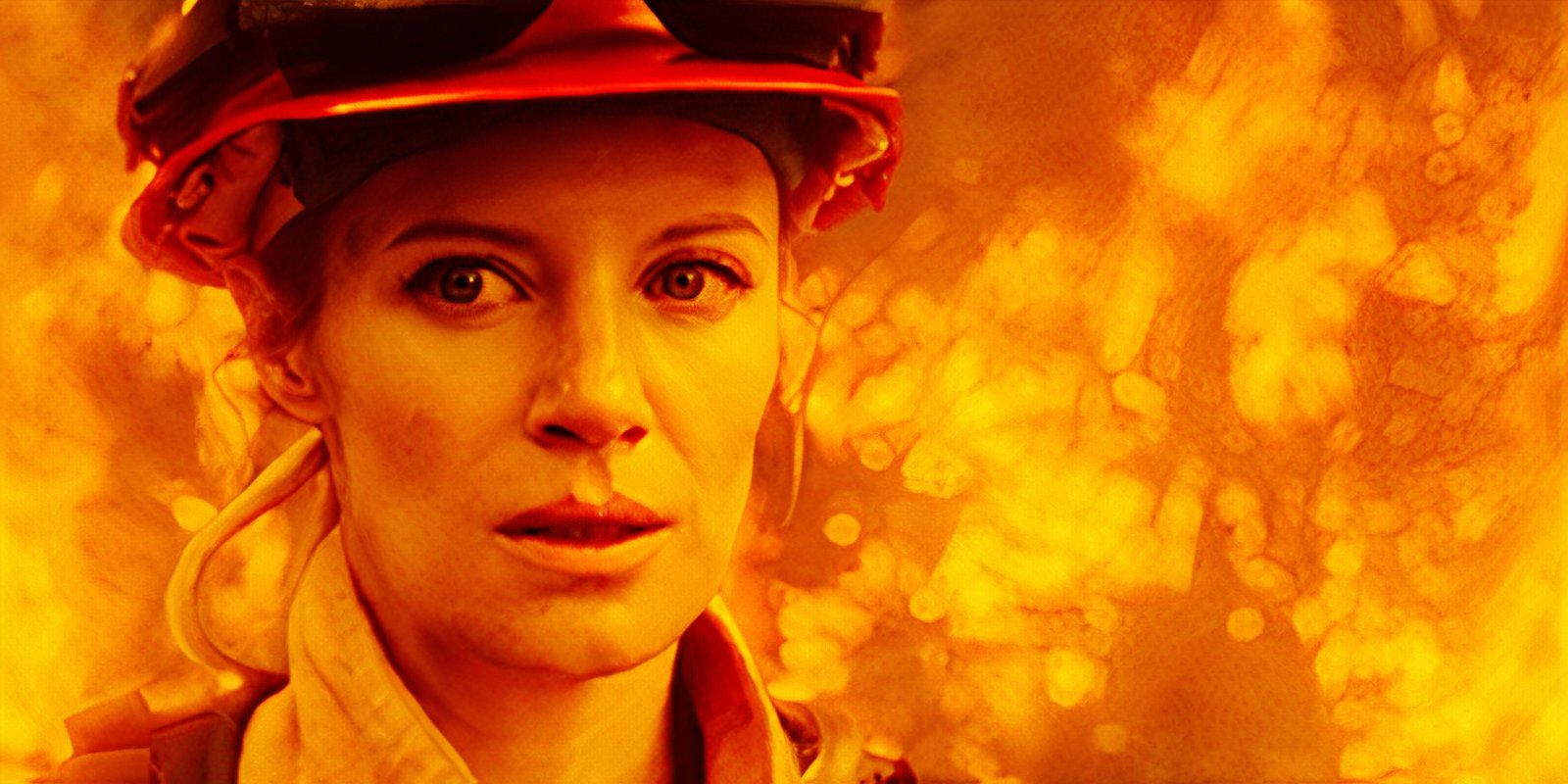
The series finale of Station 19 left fans frustrated, particularly with its use of non-canonical flashforwards. Here’s why this creative choice poses significant issues for both the show and its connection to Grey’s Anatomy.
1. Flashforwards Lack True Closure
While the finale featured moments where characters envisioned their ideal futures, the revelation that these flashforwards aren’t canonical undermines their impact. Instead of providing real closure, they reflect mere aspirations, leaving fans without definitive endings for beloved characters.
2. Balancing Act with Grey’s Anatomy
The showrunners, Zoanne Clack and Peter Paige, prioritized maintaining consistency within the Grey’s Anatomy universe over giving Station 19 a satisfying conclusion. This decision diverted focus from Station 19‘s own narrative, leading to a finale that felt more like a setup for potential crossovers than a farewell to its own characters.
3. Avoiding Major Character Decisions
By opting for non-canonical futures, Station 19 sidestepped difficult narrative choices. The lack of major character deaths or irreversible developments rendered the stakes of the finale low. This avoidance makes the emotional moments feel superficial and unearned, impacting the overall resonance of the finale.
4. Implications for Future Spin-offs
While the intention was to keep the door open for characters to return in spin-offs or crossovers, this strategy diluted the finale’s power. The absence of concrete endings can lead to a lack of investment in character arcs, as audiences are left wondering whether these futures are genuine or subject to change.
5. Missed Opportunities for Character Development
The flashforwards could have been a chance for meaningful character growth and closure. Instead, they were used to tease possible futures without any real commitment, ultimately missing a significant opportunity to deepen character arcs in a finale context.
6. The Finale’s Disjointed Feel
The flashforwards, rather than feeling like a cohesive conclusion, contributed to a disjointed narrative. Fans were left with a series of vague glimpses into potential futures that felt more like loose ends than a well-woven tapestry of storytelling.
7. Consequences for Grey’s Anatomy‘s Ending
As Grey’s Anatomy approaches its own finale, the pitfalls of Station 19‘s non-canonical approach serve as a cautionary tale. For Grey’s Anatomy, delivering a conclusion that resonates with fans will require genuine closure, rather than a mere placeholder for possible future narratives.
In summary, the non-canonical nature of Station 19‘s flashforwards detracted from the emotional weight of the series finale, leaving fans longing for the sense of closure that the show ultimately failed to deliver. As both series navigate their interconnected universes, it’s crucial for Grey’s Anatomy to prioritize meaningful endings that resonate with its legacy.
